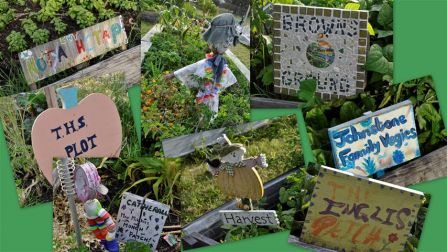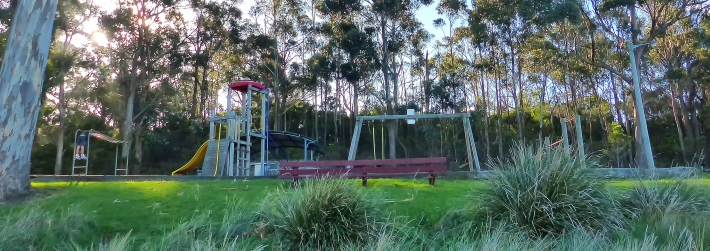
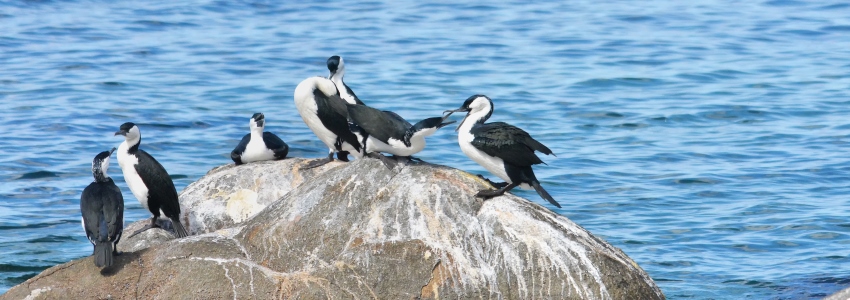


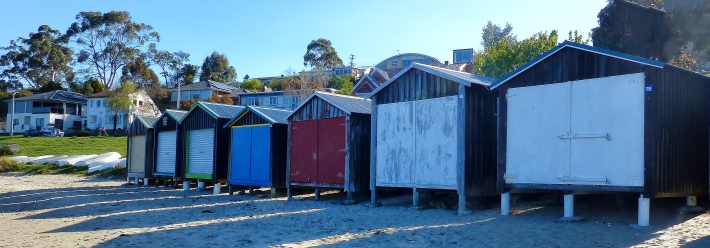
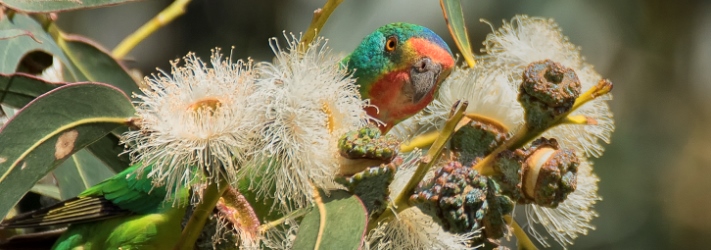
.jpg?template=generic)
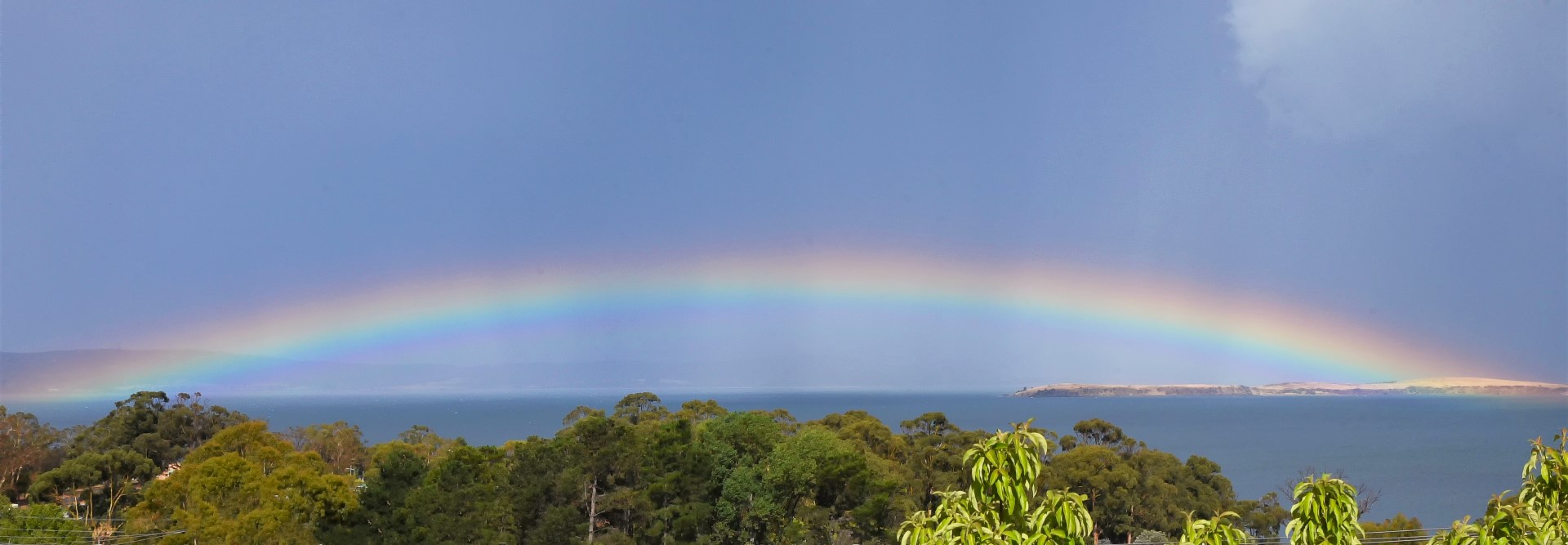

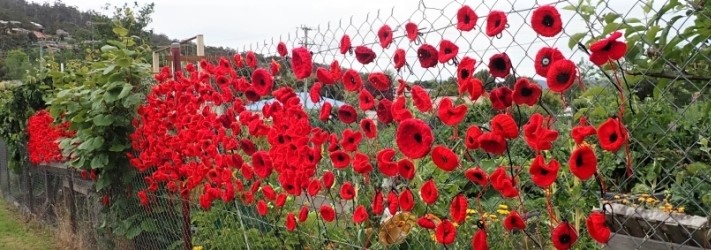
(Former) Garden Plan
On October 31st 2010, TNG members were invited to attend a meeting in the Taroona Community Hall to consult on the development of a garden plan. The notes from the planning meeting are posted below. Subsequently the management plan and induction for new members were finalised.
The complete documents are provided below as pdfs for reading on screen or for printing.
garden plan meeting minutes l management plan linduction
Member responsibilities
An individual family or group must be a financial member to garden on a plot. The annual sub is $50, but concessions ($20) are available for the unwaged, students or those on benefits.
A plot will be forfeited by the holder if it is neglected for 3 months or more. In cases of absenteeism, inform a committee member or leave an explanatory water-proof notice on your plot.
Members are expected to keep their plot tidy, free of seeding weeds and ugly crop residues and structures. Tall or voluminous plants must not grow over pathways, thus impeding the mowing of the verges. Tall grass growing close to the perimeter of a plot will hide slugs and snails. It is the responsibility of each plot holder to keep these edges weed free and short.
Some ways to control pests
Organicultural practices apply throughout. Some recommended products are:
•Bicarb of soda as a preventative spray against fungal diseases
•Iron-based pellets against slugs
•Pyrethrum against flying insects
•Derris against caterpillars, or pull them off
•Vinegar and salt solution against stubborn weeds.
Organic Gardening Tips from David Stephen
Making Compost
It is every plot holder's responsibility to process their own crop residues and weeds and place them in the large compost bay in the top corner. Long stems (broad bean, sweet corn etc.) should be chopped into short lengths while still soft and sappy. . Please remove soil from roots at the source. Also remove plastic ties, string etc. Spent crops make good compost when blended with matured stable waste, which will be collected from time to time from stables at Brighton.
Slugs and snails
Slugs and snails have arrived in our Neighbourhood Garden. Keep the grass down around the timber frame of your plot by chipping it away with a hoe or small spade. This will deny the slugs hiding places. Slugs can also be baited with Iron complex pellets (from garden shops). Just two per seedling will be ample.
You can also use barriers of substances abhored by soft bodied creatures to repel them. Try ringing around your tender young seedlings with coffee grounds, shell grit or dried and crushed eggshells.
Traps can also be made by part-filling small containers with beer or wine mixed with a little water. It is actually the yeasty smell rather than the alcohol which attracts them.
Watering tips
A dry surface is not the best signal to apply masses of water. Dig under the surface layer (the finger test) to check for moisture first! Spraying water through a hose fitting often leads to surface crusting and runoff. Avoid this by first applying a fine mulch of grass hay, immature compost, pulverised manure, shredded Taroona seaweed or eelgrass from the Derwent Estuary. Irrigating at dusk is not the best time as it encourages fungal diseases unless it is done carefully at ground level, leaving the foliage above dry.
Crop rotation advice
Crops most susceptible to soil borne diseases should not be grown in the same spot year after year. They are the onion family, the Brassica family (cabbage, cauliflower, broccoli, swede etc) and the nightshade family (tomato, potato, capsicum and chilli). Well fed and watered plants are less likely to succumb to pests and diseases
Soil maintenance
The mix for raised beds is 1/3 native clay, 1/3 coarse sand (or sandy loam), 1/3 composted horse litter, based on sawdust sourced from Brighton Racecourse. Plot holders may need to add separate dressings of essential organic fertilisers. For easy digging and healthy crop growth, annual dressings of compost (7-10cm) and dolomitic limestone are the compulsory soil conditioners.
During the active growth season, plots must be visited on at least a weekly basis for maintenance. A cover crop of legumes and grasses (e.g. peas and oats) instead of weeds can be grown during a dormant period rather than leave fallow.
Recommended fertilisers and mulches:
•Pulverised dry animal manures (low analysis)
•Blood and bone meal (Nitrogen, Phosphorous, Calcium)
•Seedmeal (layer mash, canola meal etc)
•High analysis mature compost or vermicast
•Lime (dolomitic limestone, gypsum, rock dust etc)
•Complete organic fertiliser (as per recipe found in Steve Solomon's book, "Growing Vegies South of Australia")
